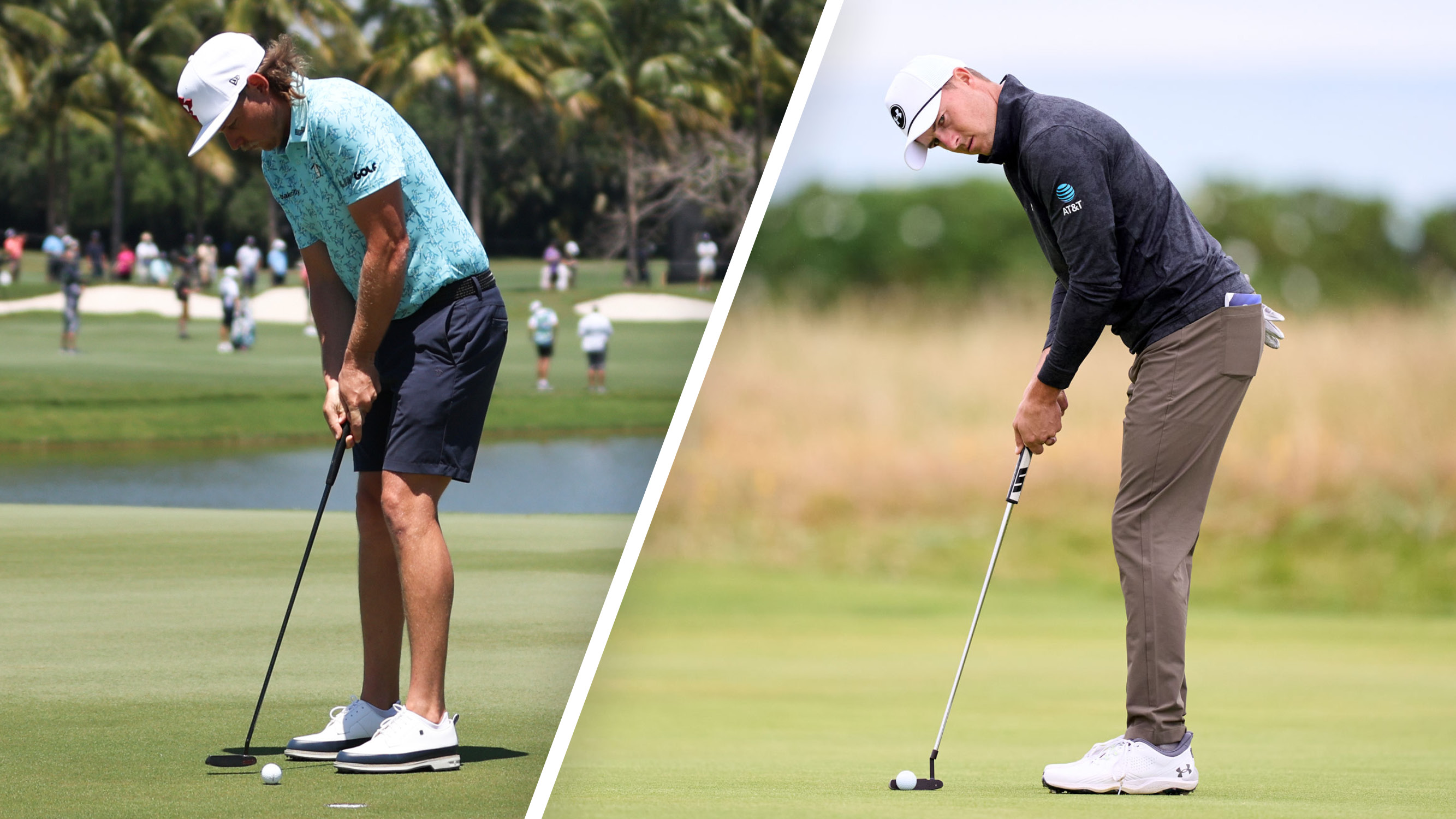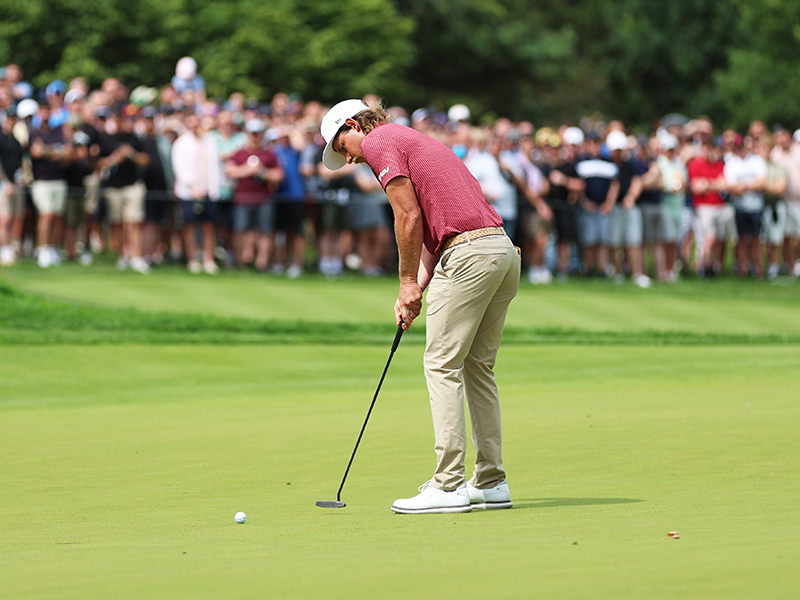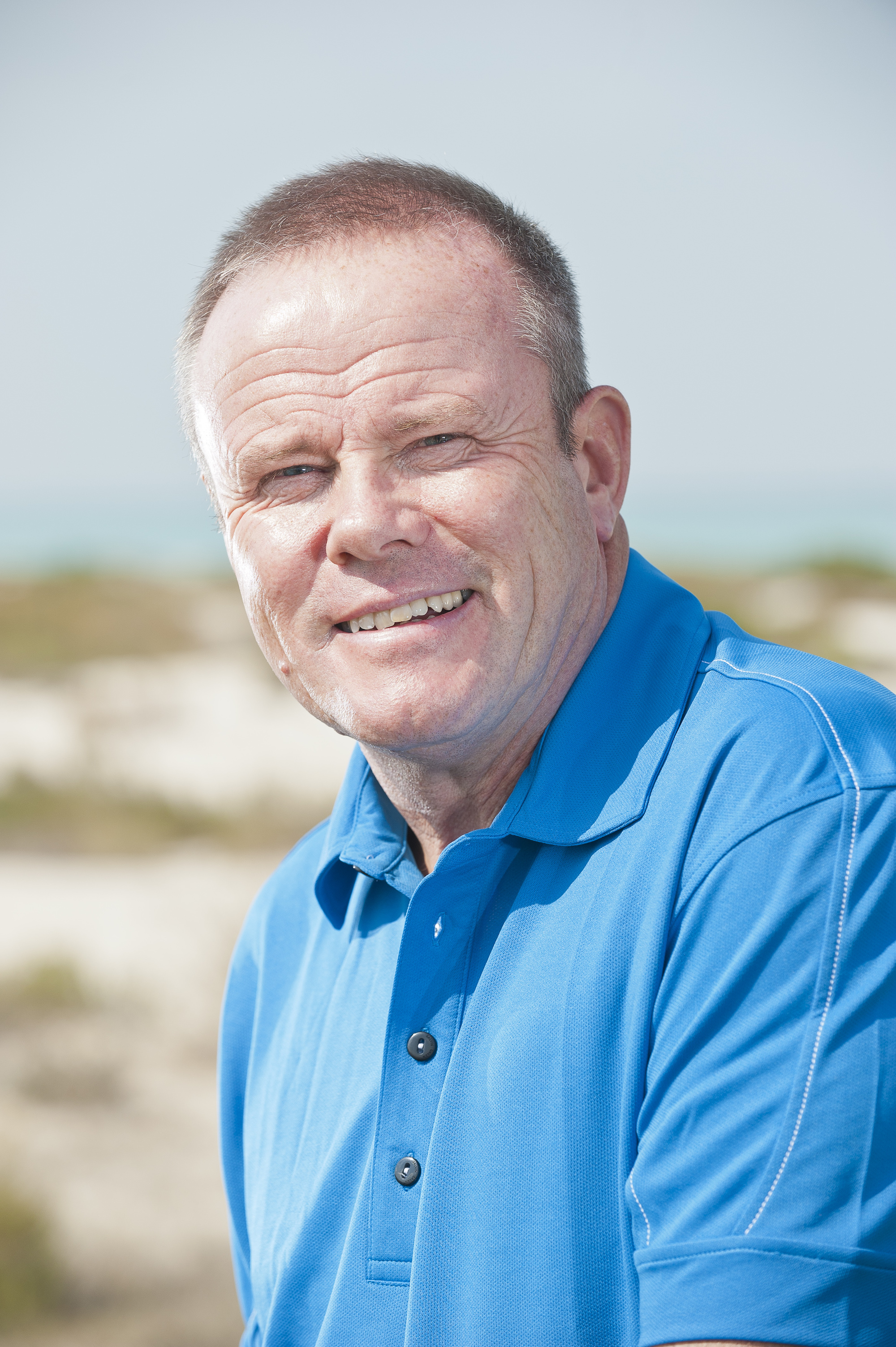Putting Address Position: Tips To Master The Putting Stance
Perfecting the putting address position is crucial to finding success on the greens, so we asked PGA Pro Gary Alliss to share his expert putting stance tips...


It might seem obvious, but the way in which you set-up your putting stroke will drastically influence your chances of success on the greens... so, what's the best way to work on your putting address position?
The simple answer is to practice, either on the putting green at your local club or using a putting mat in the comfort of your own home. Investing in the best putting aids will also help, as you can then use these to try various putting drills to master the putting stance.
In this video and article, Golf Monthly Top 50 Coach Gary Alliss shares his expert putting tips for perfecting the putting address position...
Putting Address Position: Expert Tips
The correct putting address position is a balanced one. It keeps the parts of your body parallel to your intended aimline, and a fundamentally sound setup will allow you to make consistently solid contact with the ball.
When you are hitting some putts, keep an eye on the roll as this will tell you plenty about the effectiveness of your putting address position at set-up. If the ball is moving off line quickly, or barely reaching the hole consistently, you will need to check the angle at which your putter is approaching the golf ball.
Ideally, at the moment of impact, the putter should be travelling either level to or rising away from the ground. If you are hitting down on the ball, it will pop up into the air before it starts to roll. This is where a poor strike comes from, and something you need to rectify quickly if you want to make more putts.

Cam Smith is one of the best putters on the planet, so it's no surprise that his putting address position is textbook!
One way to remedy this is to set the ball a little forward of centre in your putting stance - its a similar theory for ball position throughout the game.
Subscribe to the Golf Monthly newsletter to stay up to date with all the latest tour news, equipment news, reviews, head-to-heads and buyer’s guides from our team of experienced experts.
Lots of amateurs are not only poorly aligned, but they also lack consistency in aiming, which can sometimes be the result of using a putter of incorrect length. As a result, their short putts often miss the hole both to the left and the right.
In order to test your consistency on short length putts, hit ten putts towards a hole and leave all the balls on the green in the position they finished. Then, take a look at the shot finish pattern. Which side did you tend to miss the hole on and was there a trend? You can then use this data to plan for improvement.

Location: Various (south coast)
Gary began his PGA training at Trevose, where, in 1983, he became head professional. In 2005, he joined The Belfry, where he managed a team of 35 PGA professionals. He's travelled the world several times over, working extensively in Slovakia, Ghana and Israel, and from January 2022 he will be will be taking over his father's position as patron of England and Wales Blind Golf Society.
Teaching philosophy:
Sound fundamentals. Aim and alignment, grip where the hands work together; good posture to promote balance; and set a sound swing plane. The game is about moving the ball forwards. The ball doesn't know who's holding the stick - all it knows and reacts to is impact. Get impact correct consistently and you can play golf quite well.
Greatest teaching influence:
My grandad, Percy. He taught me to play and a great deal of what I learned from him in the 1950s I still tell pupils today. And John Jacobs and Alex Hay, both of whom delivered the message in simple language. They were excellent demonstrators and wonderfully articulate.
Greatest success story:
A lady (Valerie Stock) came to me fearing she'd never see her husband during their retirement if she didn't learn to play. She booked two lessons per week for three months, but she just couldn't hit a ball. Suddenly she stopped coming. Four weeks later, and after practising in her garden, she rebooked - and sure enough she could play. Before we could progress, she emigrated. Three years later, Valerie walked into the golf shop and told me she was playing off 19, saying everything I told her just took a long time to process!